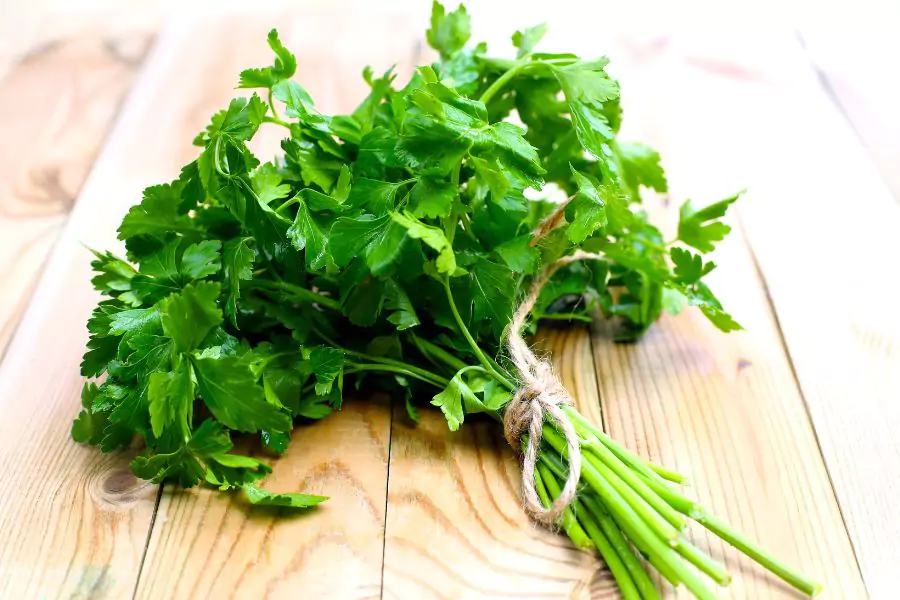What Is Green Smell In Cooking?

Have you ever noticed a strange, pungent scent when cooking with vegetables? This scent is often referred to as the "green smell" and can be found in a variety of dishes, from stir-fries to soups. But what exactly causes this distinctive aroma, and is it something to be concerned about?
In this article, we'll try and answer the question "what is green smell in cooking", delve deeper into the world of green smells in cooking and answer some common questions about this intriguing phenomenon.
See also: Is It Illegal To Cook In Your Car?

What Causes Green Smell?
The green smell in cooking is typically caused by a group of compounds known as alkylmethoxypyrazines (AMPs). These compounds are produced by certain vegetables, particularly green bell peppers, and can be detected at very low levels. While some people find the smell unpleasant or even off-putting, others enjoy the unique aroma and associate it with fresh, healthy ingredients.
Some commonly used green ingredients in cooking that have a distinctive aroma include:
- Fresh herbs such as basil, parsley, cilantro, mint, and dill
- Green vegetables like asparagus, peas, green beans, and leafy greens
- Aromatic ingredients such as green onions, scallions, and leeks
- Citrus fruits like lime and lemon (though not green in color, they still contribute a fresh scent)
Is Green Smell Safe to Eat?
While some people may be put off by the green smell in cooking, it is generally considered safe to eat. In fact, AMPs are found in a variety of foods and are even used as flavoring agents in some processed foods. However, some studies have suggested that high levels of AMPs may have a negative impact on the flavor of certain dishes, particularly those that feature delicate or subtle flavors. If you find the green smell overwhelming or unpleasant, you may want to consider using different vegetables or cooking methods to minimize the impact.
Tips for Minimizing Green Smell
If you're not a fan of the green smell in cooking, there are several things you can do to minimize its impact. Here are a few tips to consider:
Choose Different Vegetables
As we mentioned earlier, the green smell is most commonly associated with green bell peppers. If you're not a fan of this particular vegetable, consider using different types of peppers or other vegetables in your cooking. Sweet bell peppers, for example, have a milder flavor and are less likely to produce the green smell. Similarly, leafy greens such as spinach or kale can add a fresh, healthy flavor to your dishes without the overpowering aroma.
Change Your Cooking Method
The green smell in cooking is most pronounced when vegetables are cooked at high temperatures. To minimize the impact, consider using lower heat settings or cooking methods such as steaming or blanching. These methods will help to retain the fresh flavor of your vegetables without the pungent aroma.
Use Flavorful Ingredients
If you're trying to mask the green smell in your dishes, consider using strong, flavorful ingredients that can help to balance out the aromas. Garlic, onion, and ginger, for example, are all known for their strong, savory flavors and can help to add depth to your dishes. Similarly, using herbs and spices such as basil, rosemary, or thyme can help to add complexity and interest to your meals.
Final Thoughts On What Is Green Smell In Cooking?
While the green smell in cooking may be off-putting to some, it is generally considered safe to eat and can even be enjoyed by others. Whether you love it or hate it, understanding the causes and impacts of the green smell can help you to create delicious, flavorful dishes that are sure to impress your friends and family.
So the next time you're cooking with vegetables, take a moment to appreciate the unique aroma of the green smell – and don't be afraid to experiment with different ingredients and cooking methods to find the perfect balance.

Related Posts